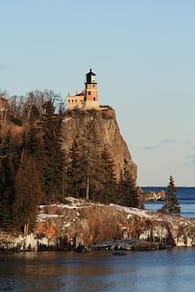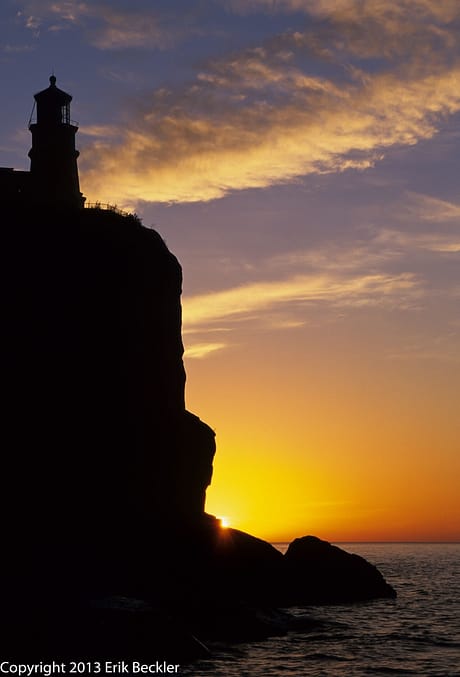I used to read Outdoor Photographer magazine religiously . Several years ago, there was a wonderful article on developing a High-Concept image. Such an image is defined by author Ian Plant as an image that goes beyond the literal interpretation of your subject - "the difference between merely documenting your subjects and telling a compelling story."
As Ian also says, "it's about going from 'meh' to 'wow'!" An example of low and high-concept images are ones below. I've been to Split Rock Lighthouse on countless occassions and have taken solid photographs from various spots. You've probably seen one like the photo on the left below. However, the second photo on the right puts the lighthouse in a completely different light (pun intended).


Reading this article got me to thinking about how business people can develop high-concept strategies, programs and work.
Ian Plant elaborates on this topic by saying high-concept images are, "an exercise in finding 'convergances', those moments when two or more elements come together in an interesting, meaningful and artistically relevant way."
When truly quality work is created, don't we meld together multiple elements in ways that make something really special for our stakeholders? Isn't that when customers become advocates? Brands become special?
Don't get me wrong. Low-concept work is needed and does a solid job most of the time. It creates solid results. Low-concept work comprises 95% of what each and every organization does. Respecting what is around you and locating nuances and mutations that can be converged into high-concept strategies creates transformational results.
However, high-concept work DOES NOT mean adding elements that are done to add unnecessary complexity. Elegence is in simplicity. The sunrise photo is simple in its essence. It just brings different natural elements together. I used data on where the sun was going to come up to set myself up to have the sun rise in a corner of the rock formation to get a unique light effect.
I've seen too many strategies and programs fail because someone felt they had to add something special to it to make it look important or smart. They weren't confident enough to let the simplicity and fundamentals work.
I encourage you to reflect on how much high-concept work you are working through. Are you taking the time to make connections with disparate fundamental and elemental objects to create novel solutions?
